.jpg)
There are so many important factors that determine the experience of guests at an event. While event scheduling, deciding venue, and the food play a major role in the same, it's the seating arrangement that can make all the difference. Whether it is a corporate meeting, a seminar, a wedding party, it’s important that your audience is seated in the best way to achieve the maximum impact of your event's message. It determines how guests interact with one another and retain information. There are various event seating styles and layouts that you can use depending upon the number of guests and venue space available. Make your event hassle-free with these event seating trends:
Banquet: In this style, the chairs are arranged around a round table, with the audience seated around the circumference facing inwards. This enables the guest to easily interact with every other person sitting around the table. Generally, 8-10 people are seated at one table. The drawback of this kind of seating arrangement is that the audience is closed in so they need to push past others to enter or exit the sitting area. It also reduced the floor space.
Banquet style seating is an ideal choice for celebrating wedding receptions, award ceremonies or any other informal events, especially that include meals.
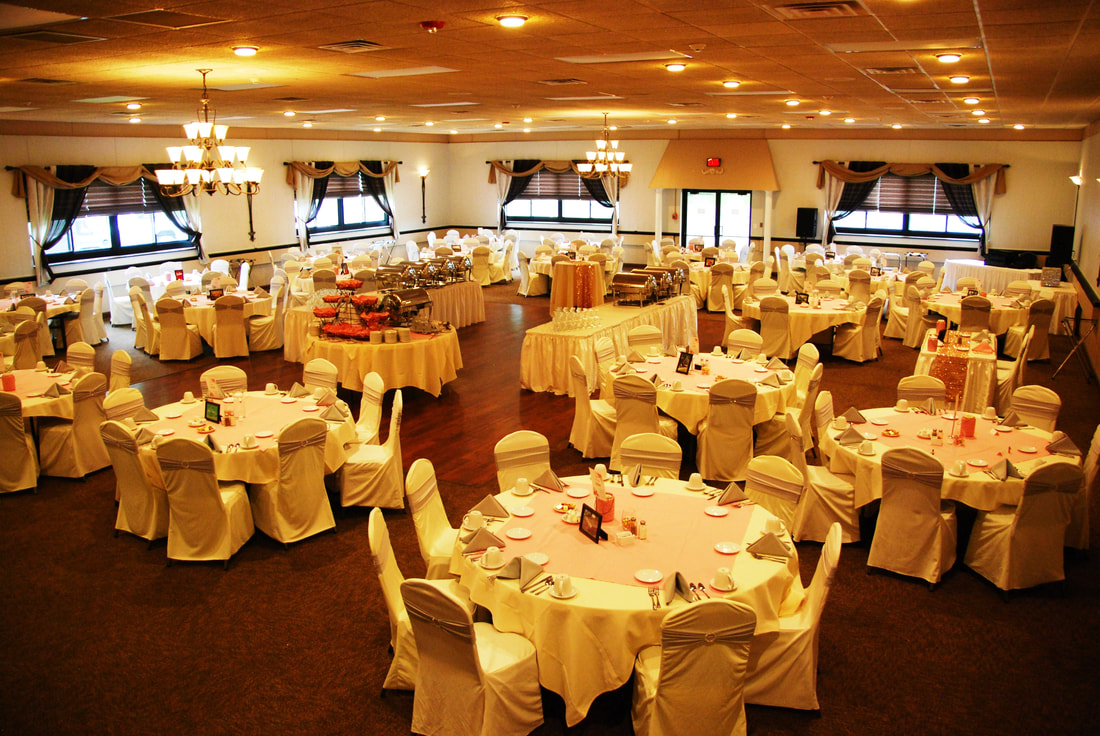
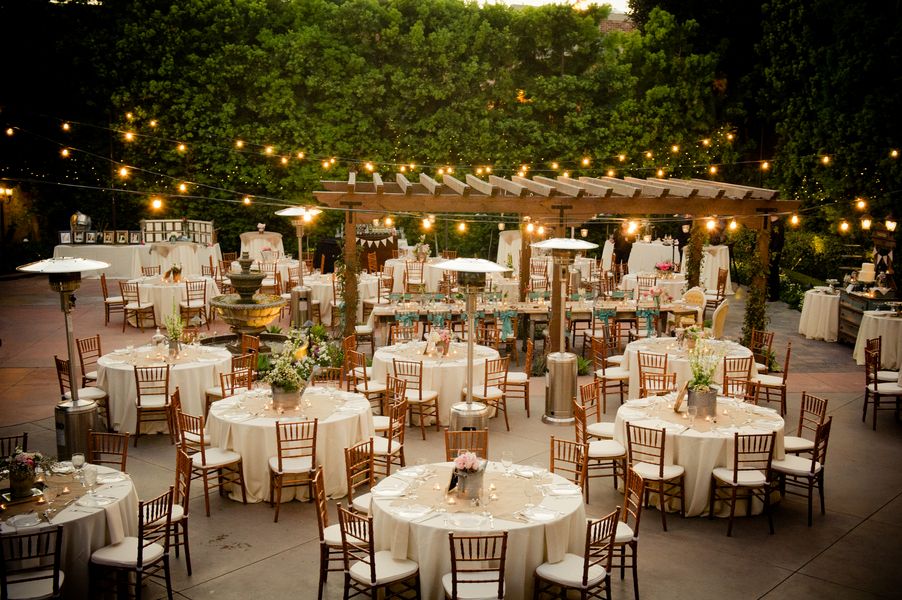
Cabaret: The seating style is an advanced version of the banquet seating. It has chairs arranged around a round table but with one side left empty. This enables each seated person maximum access to view the stage and to absorb the show or lecture or other staged event. This seating has a smaller round table than banquet-style typically with 5 or fewer chairs. The disadvantage of this style is the reduced seating capacity with less floor plan.
Cabaret-style seating is ideal for conferences, gala dinners, and seminars.
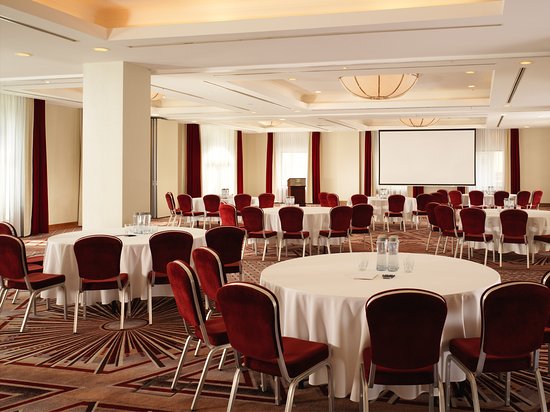
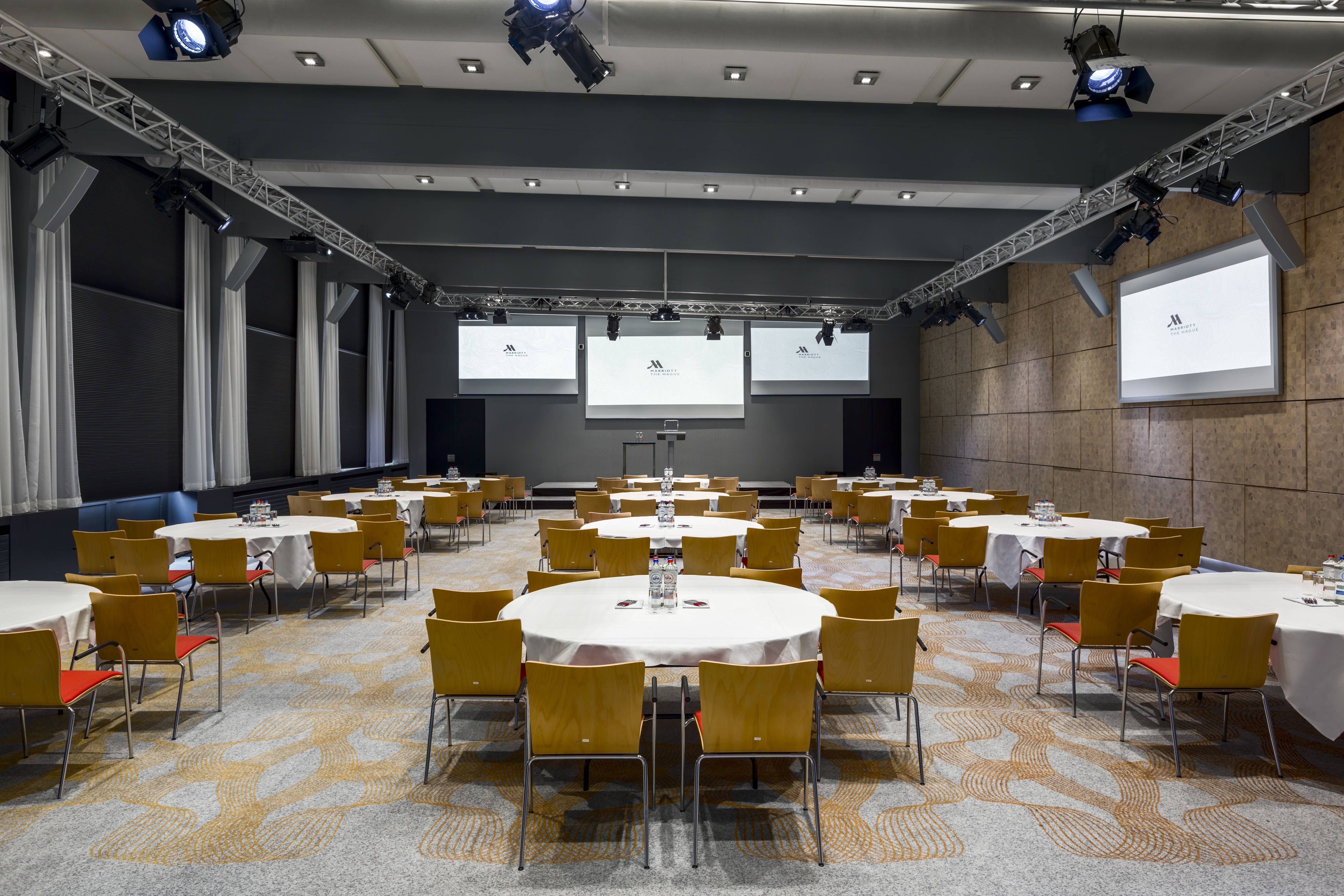
Boardroom- The conference or boardroom style is essentially a large rectangular table set up with chairs around. It fits around 8-20 people and provides space to keep various equipment like laptops, mobiles, paperwork and food and drinks. This seating enables All participants to face the middle to enable discussion and interaction from all directions. It allows for direct interaction between participants from any direction. The disadvantage for this seating arrangement the lack of focal point at the end of the table which may make people sitting there isolated.
This layout is used a lot for corporate meetings, one on one interviews, small presentations, team briefings.
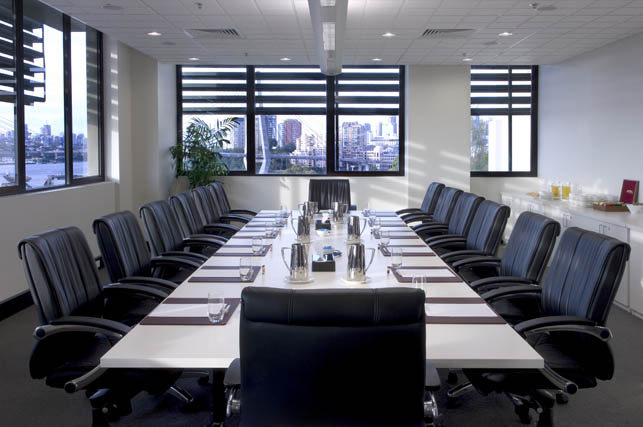
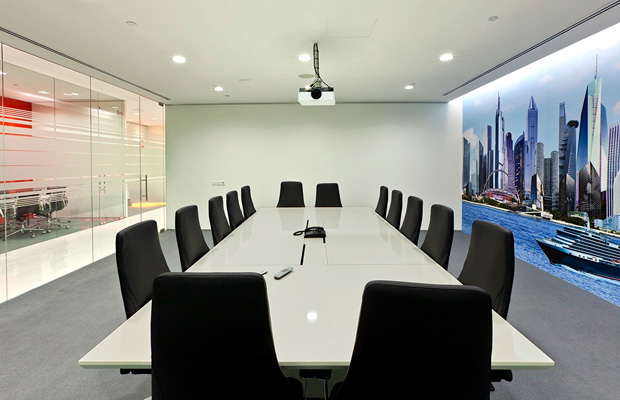
Auditorium: Theater style or auditorium seating involves participants seated in rows of chairs without tables facing the stage, much like in a theater or cinema. It is used in the events that require less interaction and more focus on visuals and listening to speakers and presenters. It has an aisle running from the back to the front of the room, allowing guests easier access to their seats. This style, thus, is typical for events with a large number of attendees where content is delivered as a lecture. This seating arrangement provides Little flexibility to move around the room, with guests largely confined to their seats.
Auditorium seating is best for conferences, annual board meetings, product launches, lectures, and performances.


Classroom: It is a classic classroom style setup where chairs and trestle tables are aligned in consecutive straight rows facing the front of the room. It supports interaction between the speaker and the audience and less between participants. The trestle tables make it easy for note-taking and consumption of plated food and beverage. The cons of this type of seating arrangement are that aisles are required to ensure sufficient access to seating areas. Also, the seating capacity is reduced by the trestle tables.
Classroom seating is best for training, conferences, sales kick-offs, and product launches.
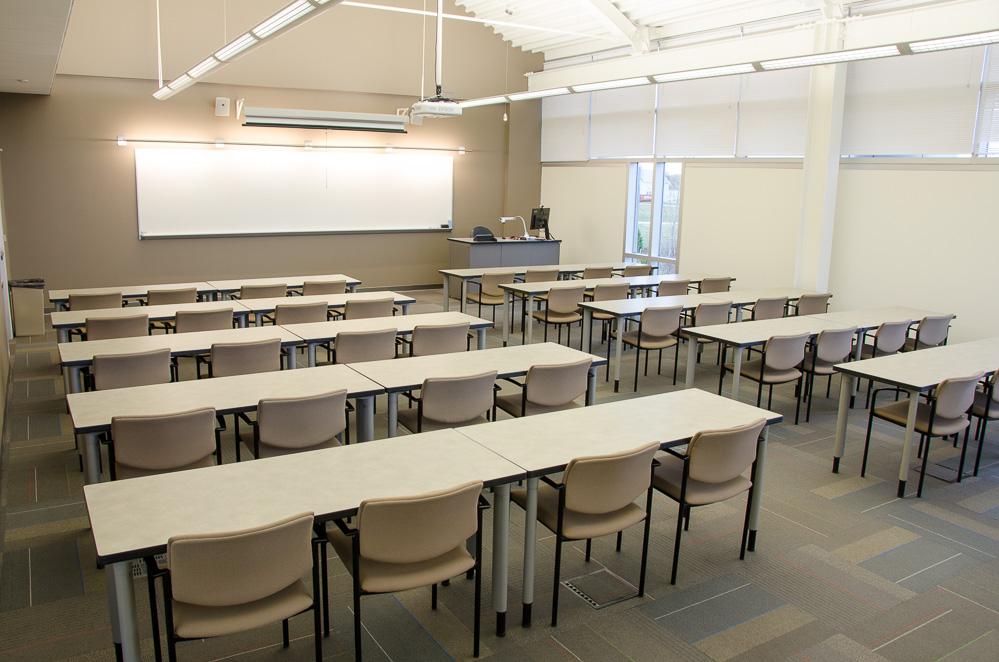
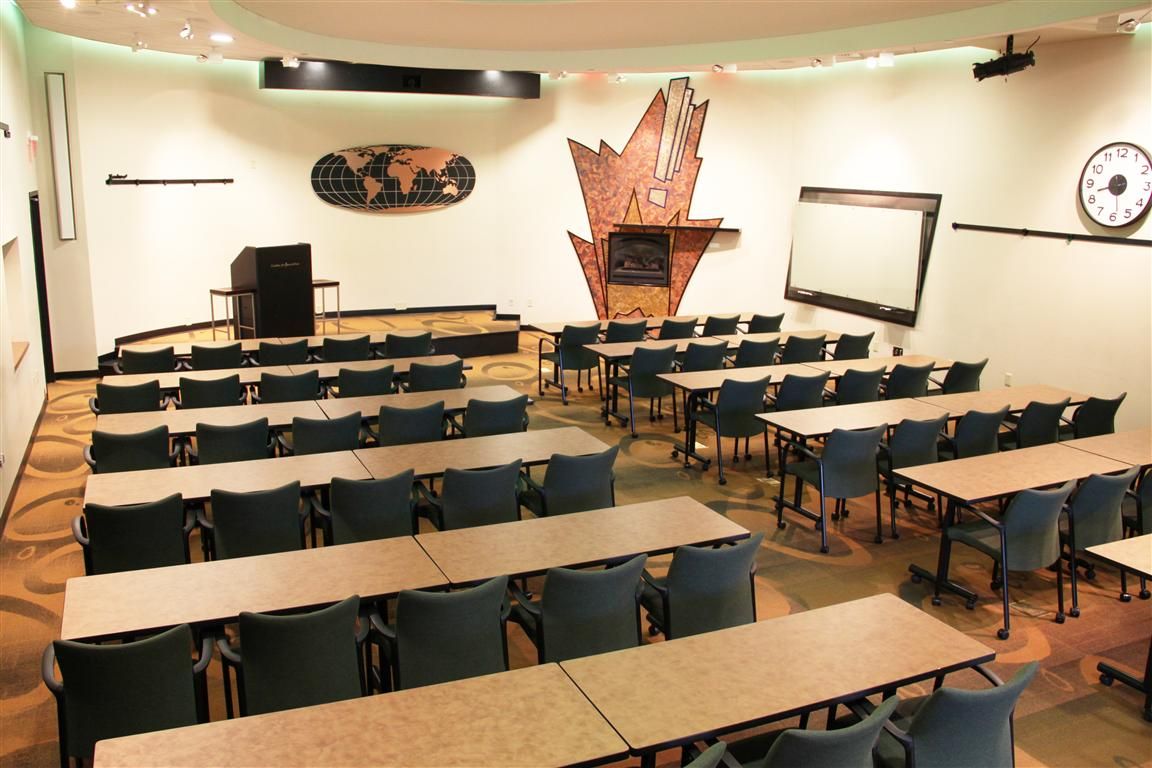
Cocktail:
The only type of seating that does not include chairs or tables. It only enables standing space. It provides efficient use of floor space as maximum room capacity is available. It also allows audience members to freely mingle and roam that greatly enhance audience interaction. Sometimes high table tops are included in this arrangement for ease in the placement of food and beverages. The disadvantage of this type of arrangement is that it leaves the Audience standing with no opportunity to sit and rest. It also makes the consumption of plated food and beverages difficult
Cocktail style is best for cocktail parties, business mixers, and other social events
Lounge: Lounge zone is a new addition to seating arrangements. It involves sofas, chairs, coffee tables, bar tables and ottomans in clusters. This creates an opportunity for more relaxed networking for the attendees. To enhance the event, different types and styles of furnishing can be incorporated with the same. The disadvantage of such an arrangement is the unavailability of space to allow the lounge zone in some venues. Also, a relaxed style area may not be apt for all event types.

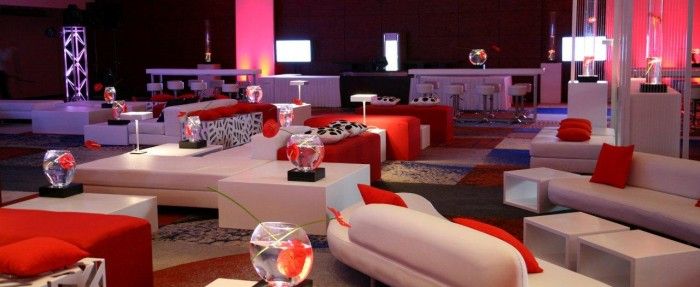
Popular Reads:
Editor’s Note:
Share your press releases, upcoming events and event industry related news on editorial@eventaa.com to publish it on eventaa.com.